GEMFG CCTV Camera Lithium Battery: Uninterrupted Security Through Advanced Lithium Power Solutions
Date: 2020-01-04 Categories: Articles Hits: 867
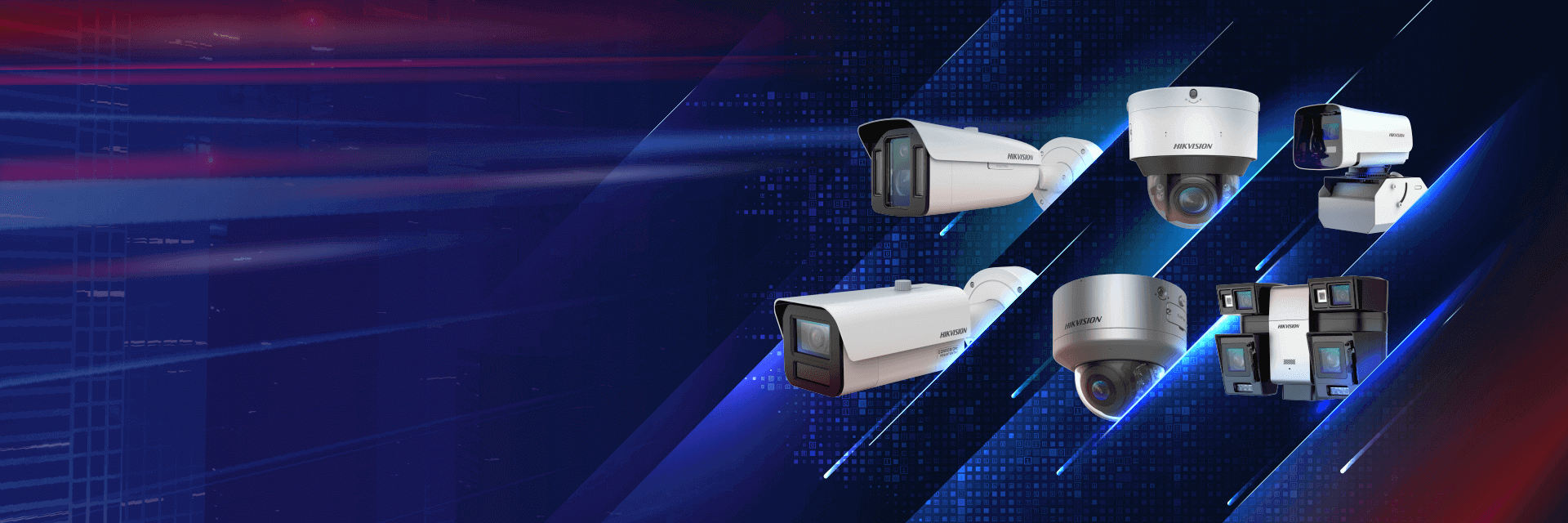
In an era where continuous surveillance is critical for safeguarding residential, commercial, and industrial assets, the reliability of security systems fundamentally depends on sustained power delivery, making GEMFG’s specialized lithium iron phosphate batteries indispensable components for modern CCTV infrastructure, particularly in off-grid solar-powered installations and mission-critical monitoring environments where conventional power sources prove inadequate.
1. Extended Operational Endurance and Solar Energy Optimization
The inherent limitations of traditional lead-acid batteries frequently compromise surveillance effectiveness through premature power depletion, whereas GEMFG’s lithium iron phosphate technology delivers superior energy density and minimal self-discharge characteristics, enabling CCTV systems to maintain uninterrupted functionality for extended durations even during grid outages or prolonged periods of limited sunlight exposure, with these advanced lithium batteries engineered to achieve over one thousand deep discharge cycles while retaining optimal capacity, significantly outperforming alternatives in remote security applications such as wildlife monitoring stations, construction site surveillance, and perimeter protection systems that demand autonomous operation.
2. Comprehensive Safety Engineering and Environmental Resilience
Security installations face diverse operational hazards ranging from extreme temperature fluctuations to physical impacts, necessitating lithium batteries equipped with multi-layered protection mechanisms, which GEMFG addresses through integrated battery management systems featuring precision voltage monitoring, temperature-controlled charging protocols, and automatic shutdown functions during short-circuit or overload events, all encased within flame-retardant composite housings that withstand harsh climatic conditions from sub-zero environments to desert heat while maintaining consistent power delivery essential for critical surveillance operations.
Furthermore, GEMFG lithium batteries comply with international safety certifications including UL, CE, and RoHS standards, undergoing rigorous validation processes that encompass thermal stability testing, vibration resistance assessments, and extended lifecycle evaluations to guarantee fail-safe performance in high-stakes security scenarios where power reliability directly correlates with asset protection effectiveness.
3. Lifecycle Value Optimization and Sustainable Power Economics
The long-term operational expenditures associated with security infrastructure necessitate energy solutions that transcend initial acquisition costs, and GEMFG’s lithium technology delivers exceptional total cost of ownership advantages through its extended service lifespan exceeding five years without performance degradation, eliminating frequent replacement expenses and maintenance requirements associated with lead-acid batteries while concurrently reducing ecological impact through fully recyclable components and non-toxic lithium iron phosphate chemistry.
This economic efficiency extends to installation logistics through lightweight designs that simplify mounting in elevated or confined spaces and compatibility with existing twelve-volt and twenty-four-volt camera systems that avoid ancillary equipment investments, ultimately enabling security integrators to allocate resources toward system expansion rather than power management complications.
Conclusion: The Strategic Advantage of Purpose-Engineered Lithium Power
GEMFG’s dedicated focus on lithium battery innovation transforms CCTV security from reactive monitoring to proactive protection through intelligent energy solutions that anticipate the sector’s evolving demands for reliability, sustainability, and operational economy, positioning these advanced power systems as indispensable enablers for next-generation surveillance networks across smart cities, industrial facilities, and critical infrastructure projects where power continuity equates directly with security assurance.

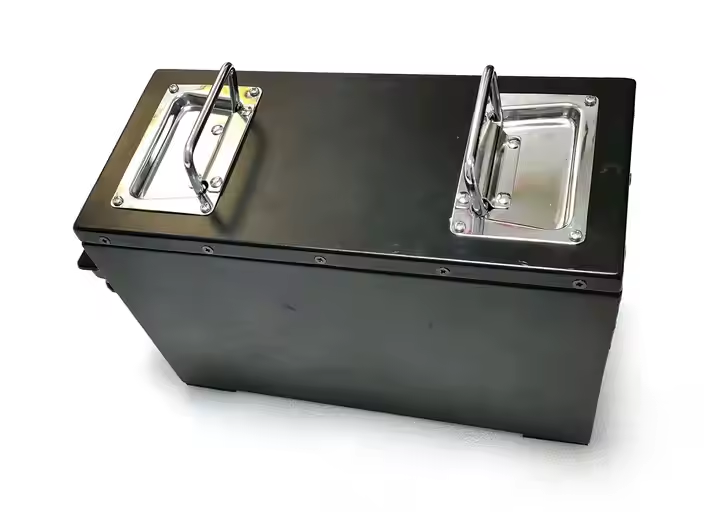 GiB 72-100ATV
GiB 72-100ATV 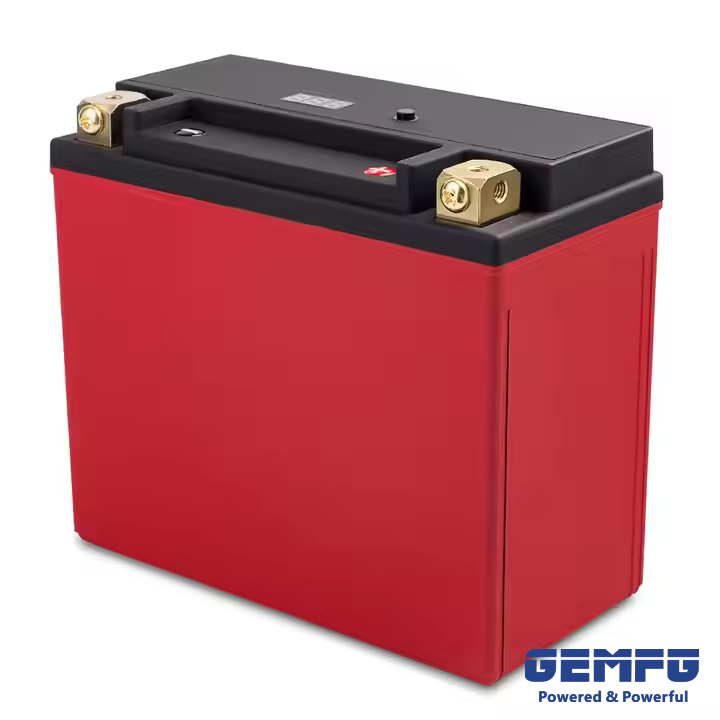 GiB 12-20MS
GiB 12-20MS  GiB 12-4MS
GiB 12-4MS 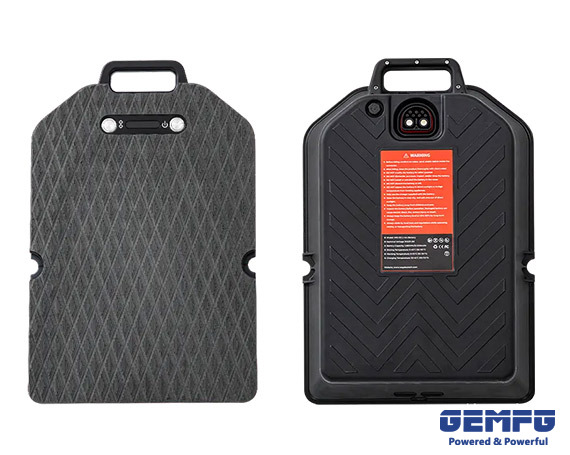 GiB 72-50ES
GiB 72-50ES 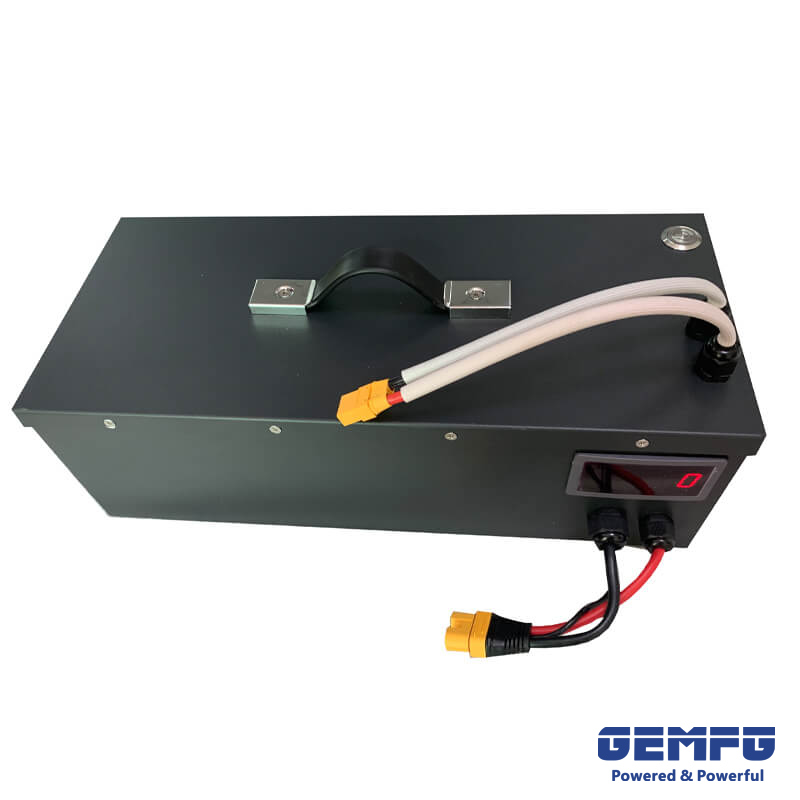 GiB 48-50ATV
GiB 48-50ATV 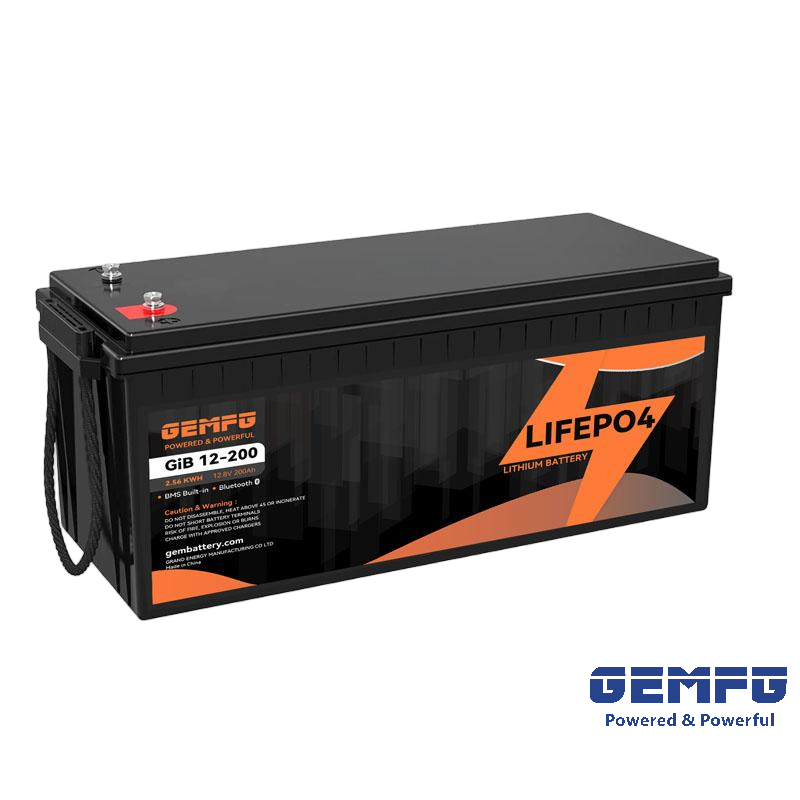 GiB 12-200
GiB 12-200 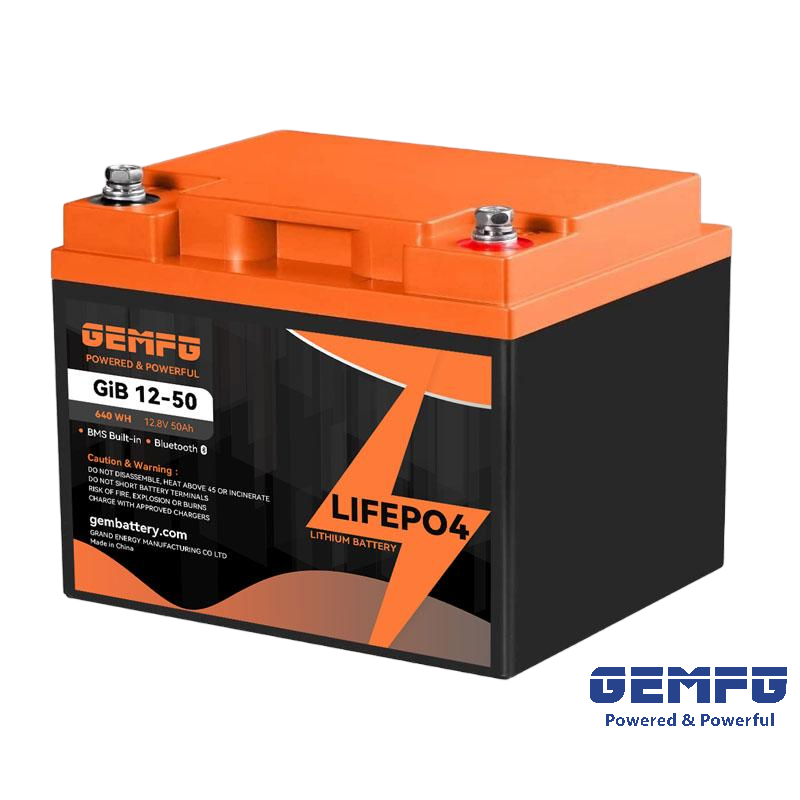 GiB 12-50
GiB 12-50  GiB 12-100
GiB 12-100 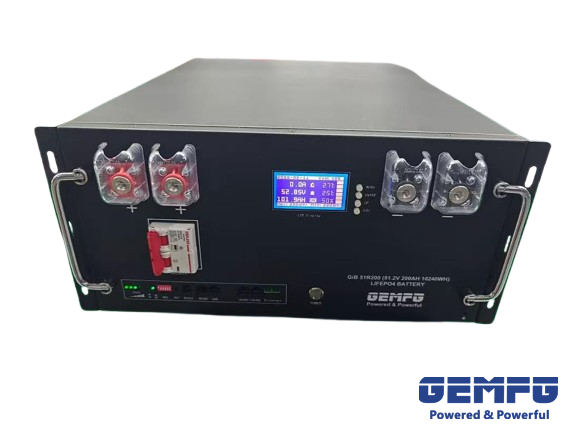 GiB 51R200
GiB 51R200 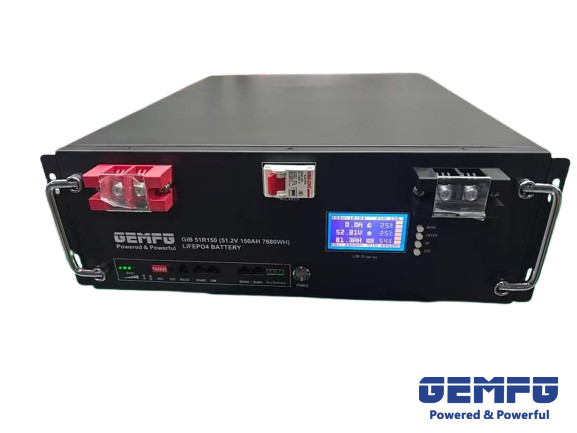 GiB 51R150
GiB 51R150 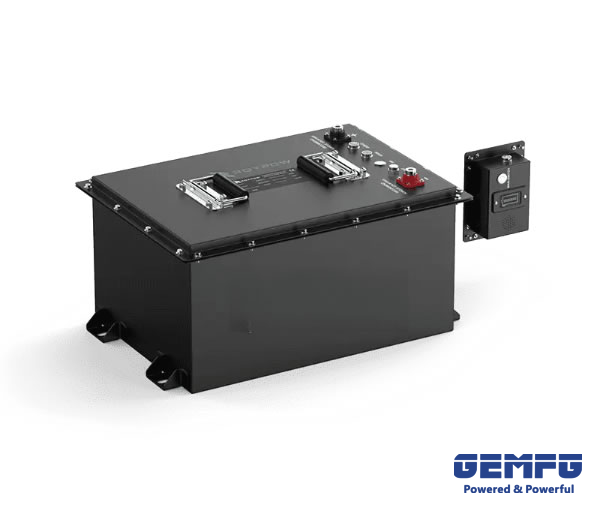 GiB 24-160AWP
GiB 24-160AWP 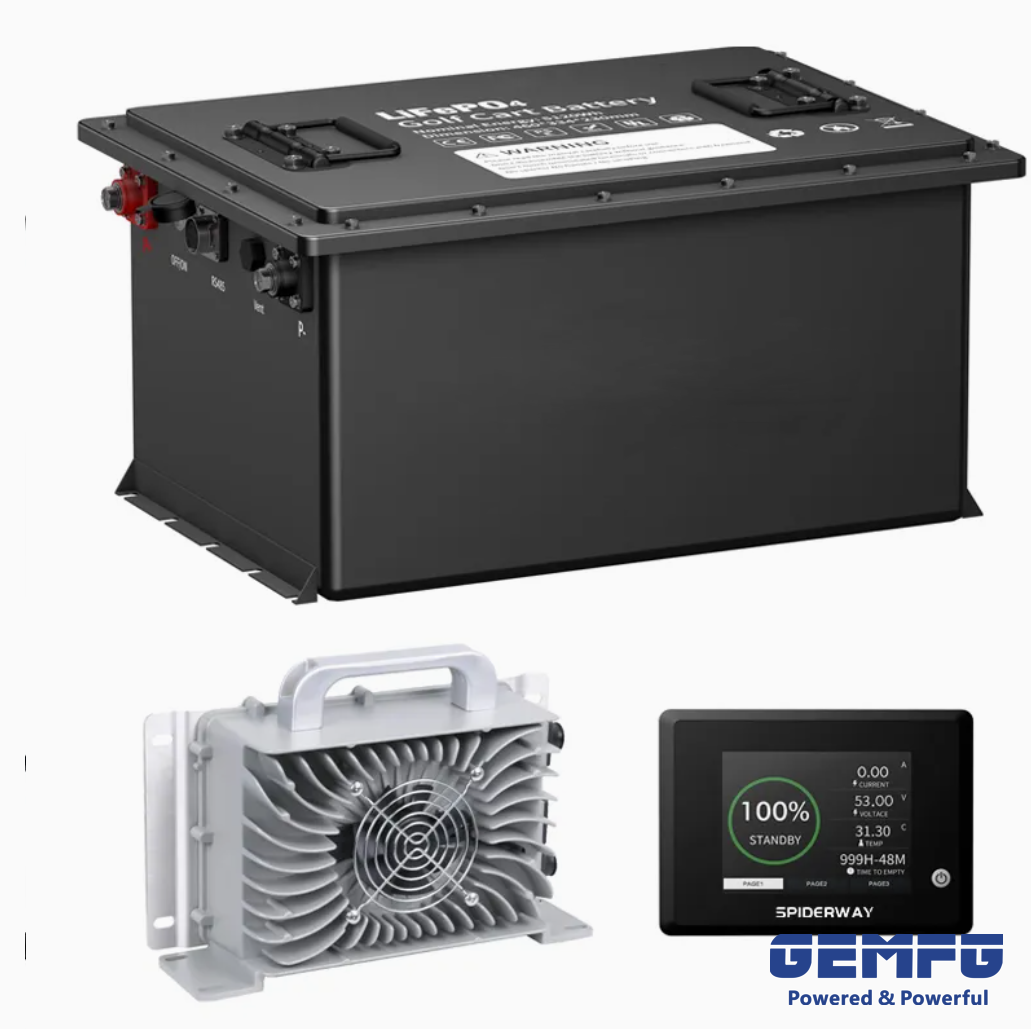 GiB 48-105PC
GiB 48-105PC  GiB 24-100
GiB 24-100 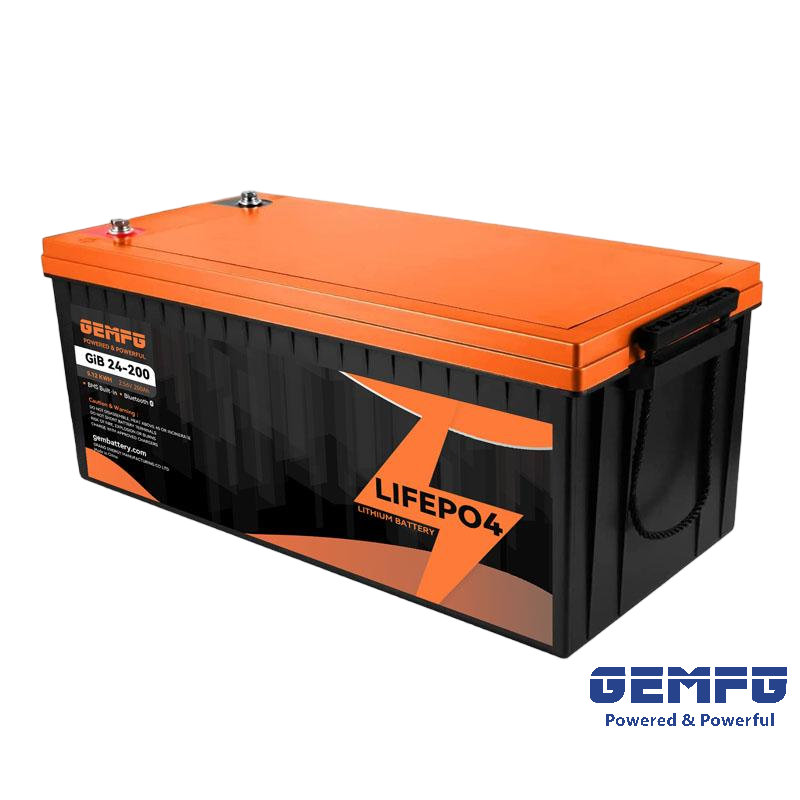 GiB 24-200
GiB 24-200 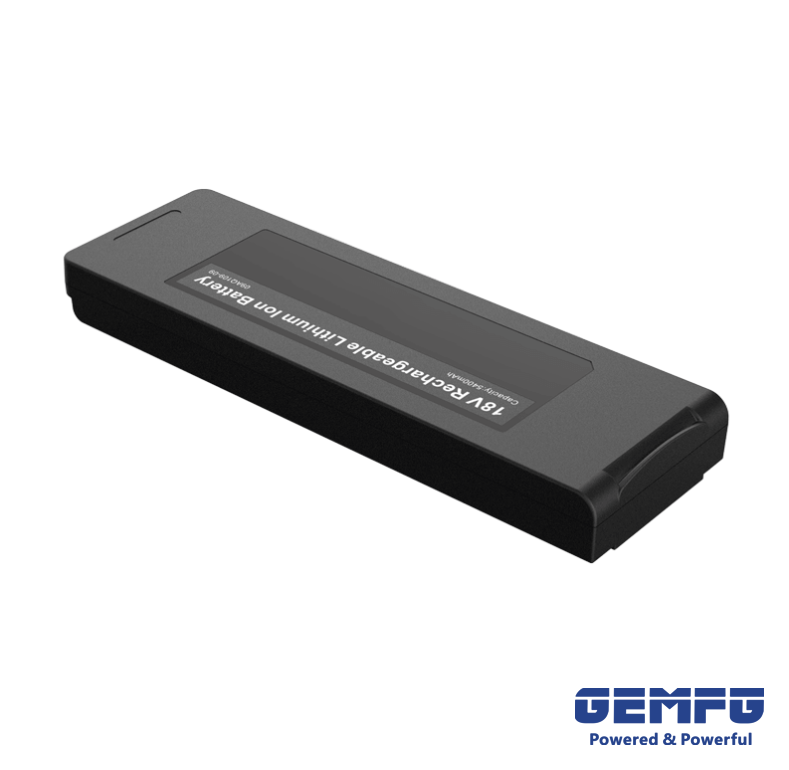 GiB 18-5.4DE
GiB 18-5.4DE  GiB 14.4-6.7OC
GiB 14.4-6.7OC 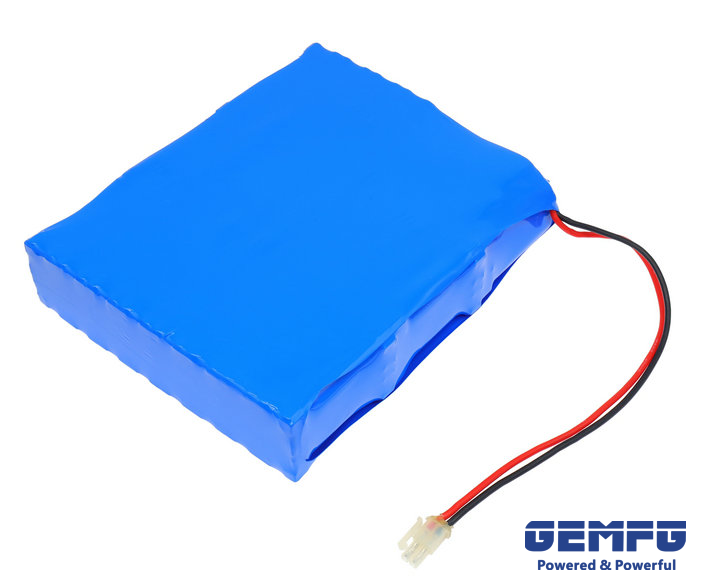 GiB 25.9-15XM
GiB 25.9-15XM 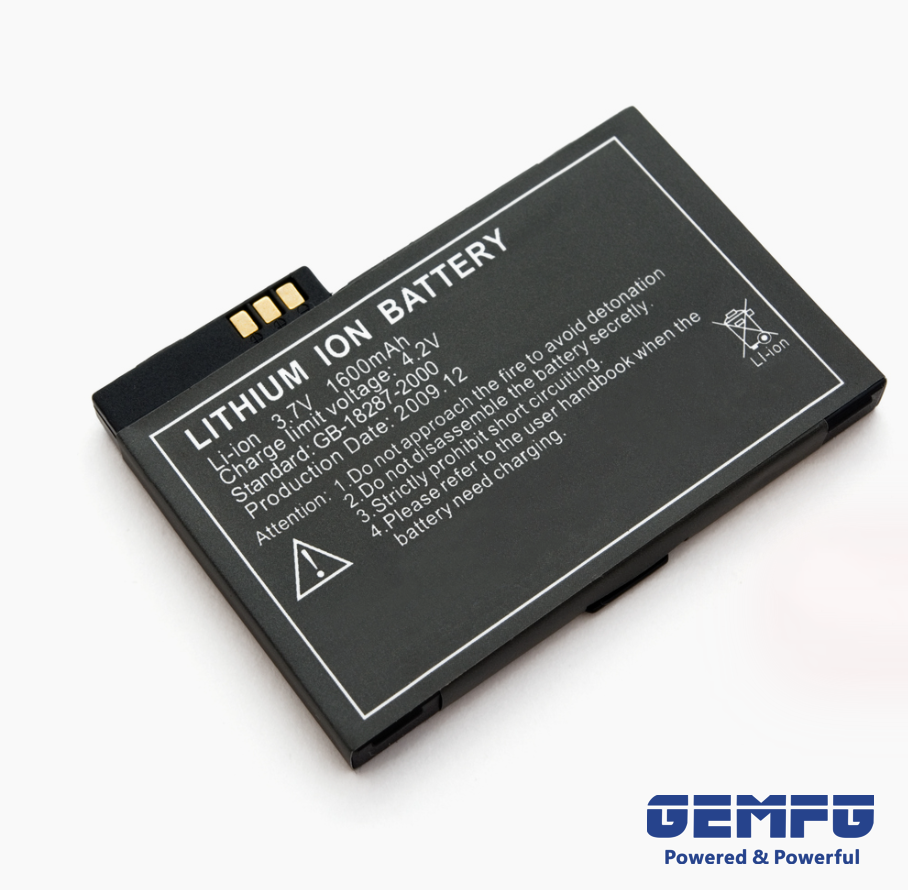 GiB 3.7-1.6HPC
GiB 3.7-1.6HPC 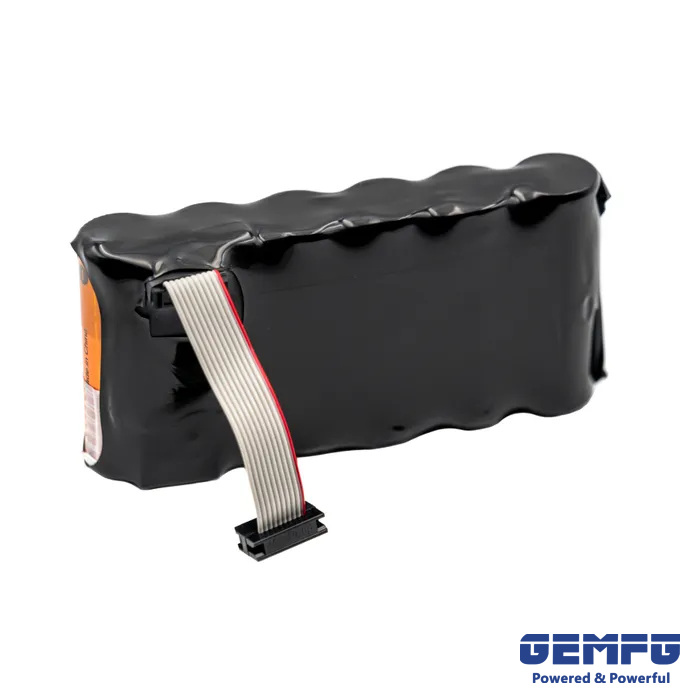 GiB 7.2-2.1SP
GiB 7.2-2.1SP 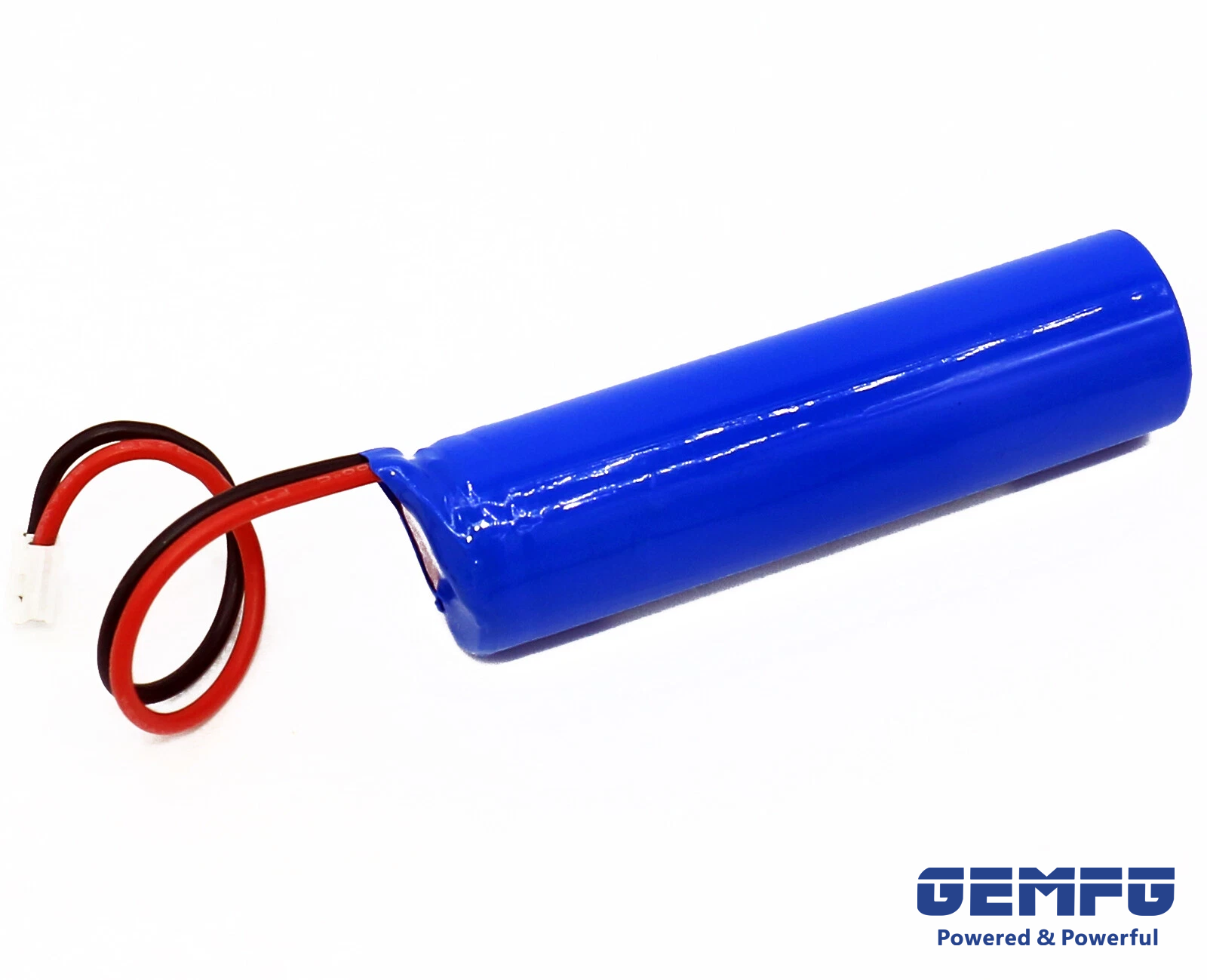 GiB 3.7-2.6MH
GiB 3.7-2.6MH 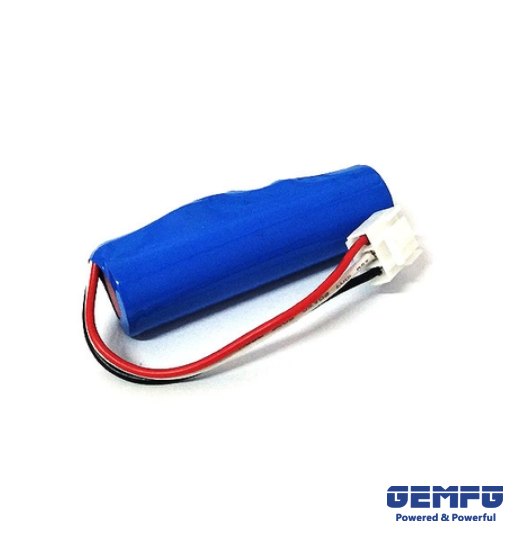 GiB 3.7-2.6EL
GiB 3.7-2.6EL  GiB 12.6-8CC
GiB 12.6-8CC 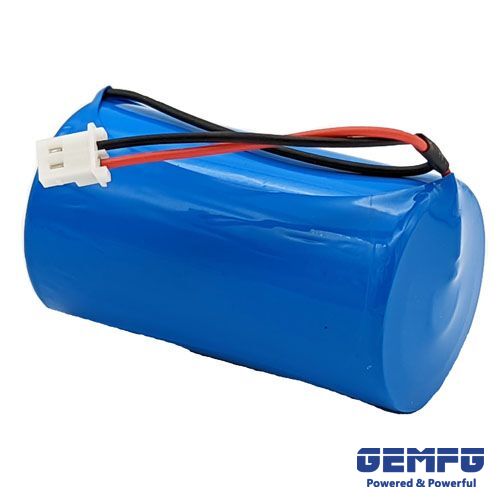 GiB 3.6-14AB
GiB 3.6-14AB  GiB 12-40SL
GiB 12-40SL  GiB 22.8-8FPV
GiB 22.8-8FPV 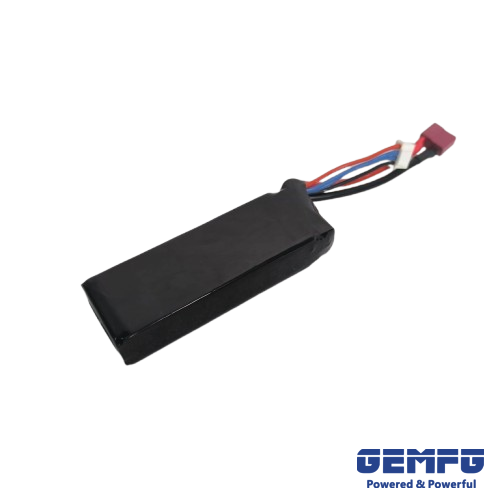 GiB 11.1-1.5FPV
GiB 11.1-1.5FPV 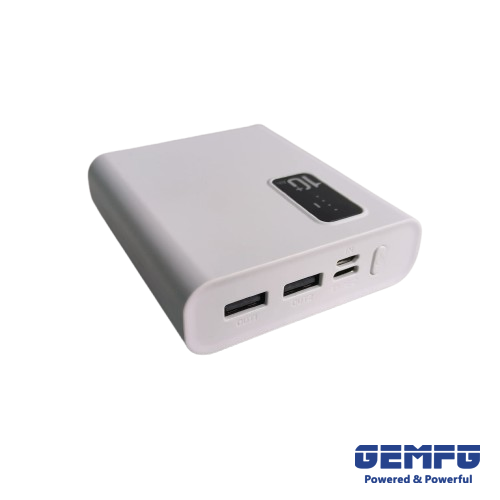 GiB 3.7-10PB
GiB 3.7-10PB 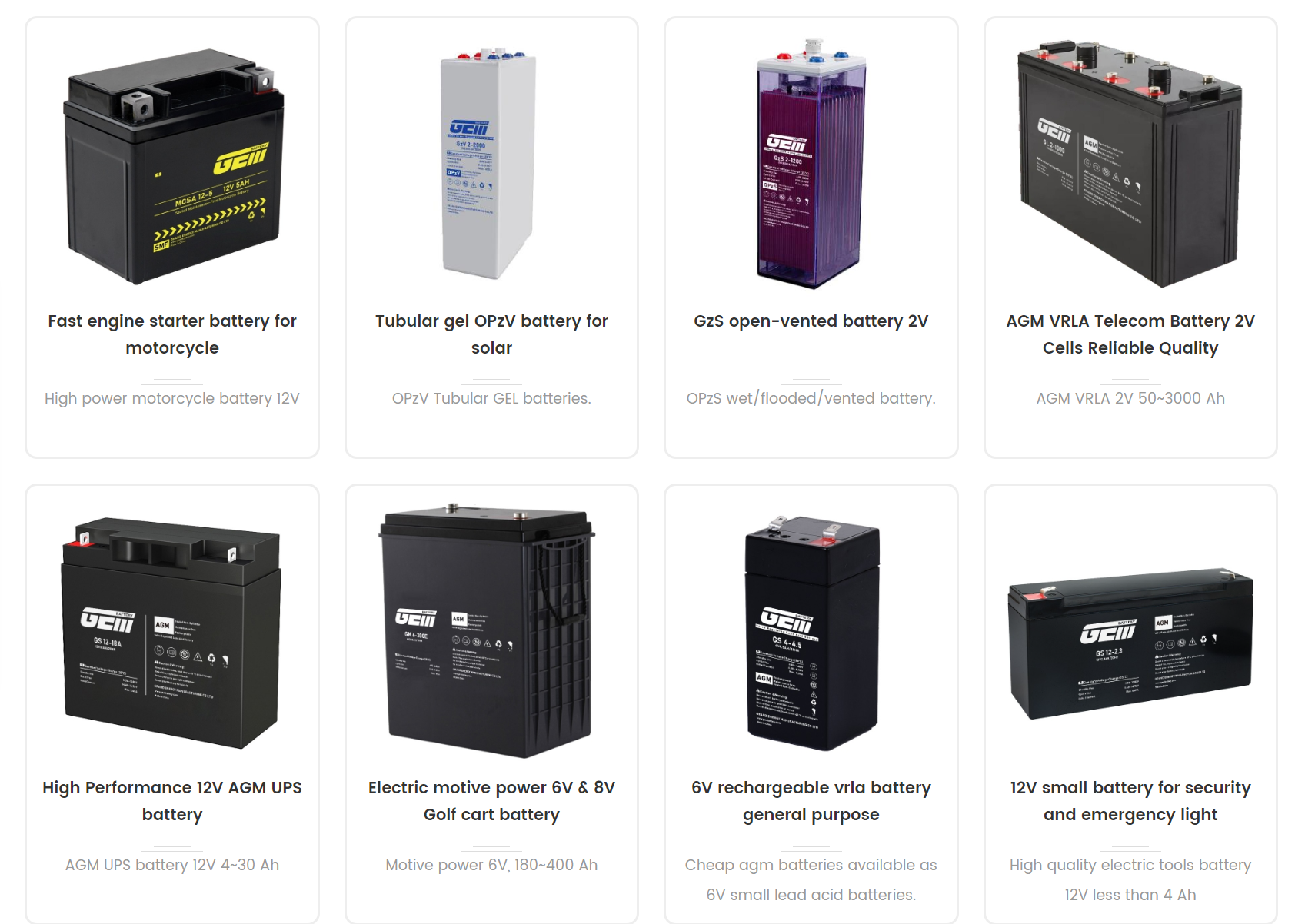 Lead-acid Battery | OPzV & OPz...
Lead-acid Battery | OPzV & OPz...